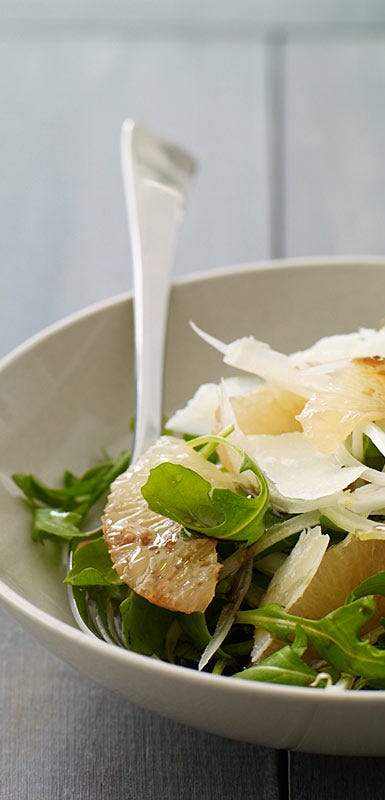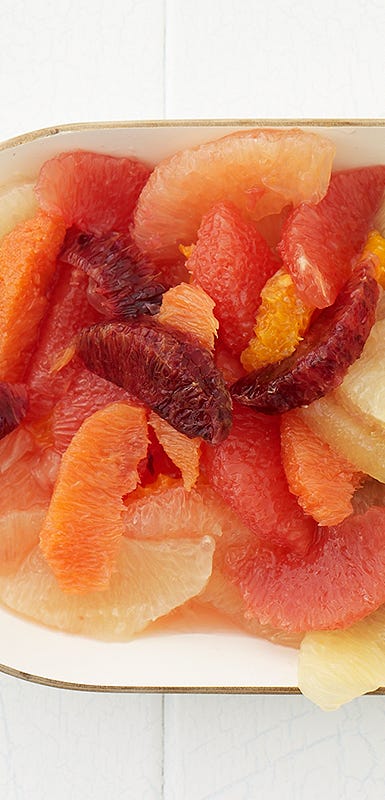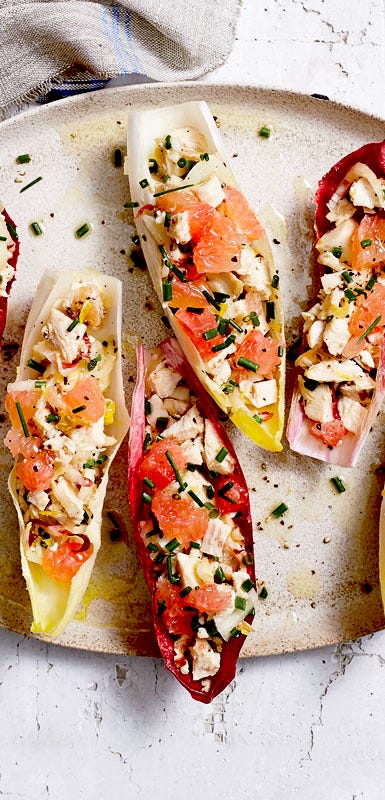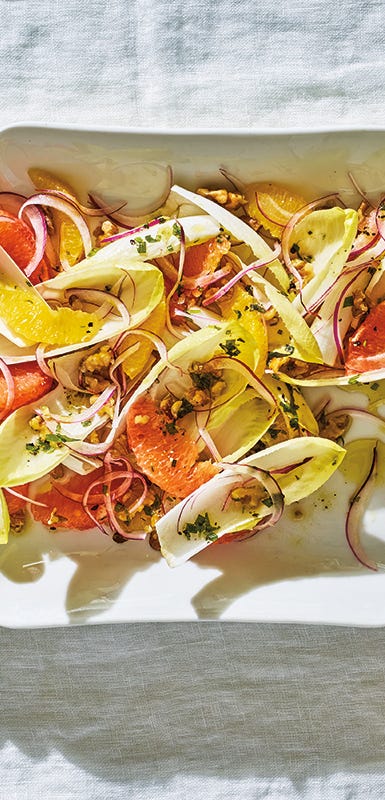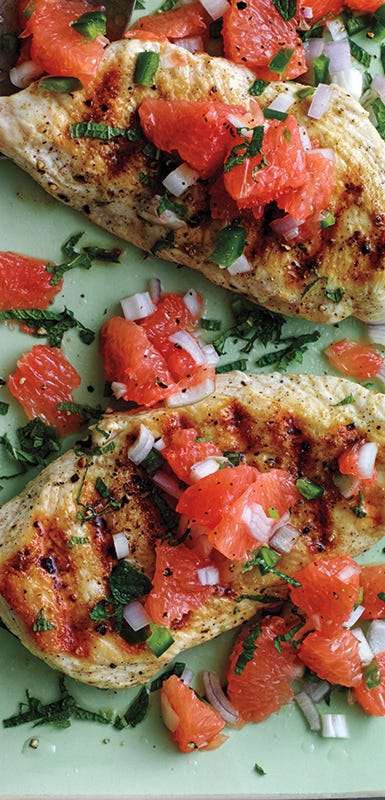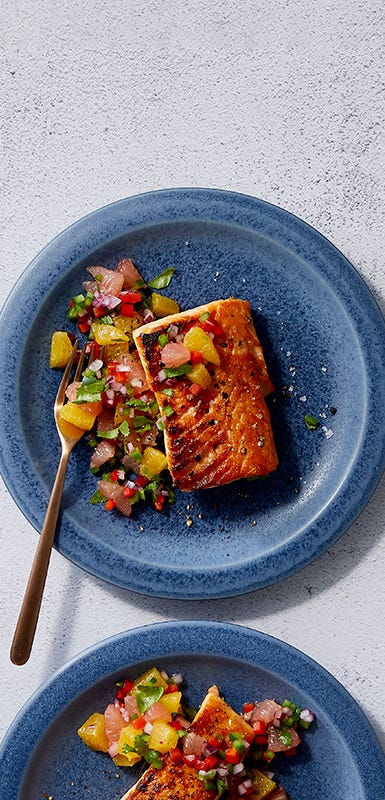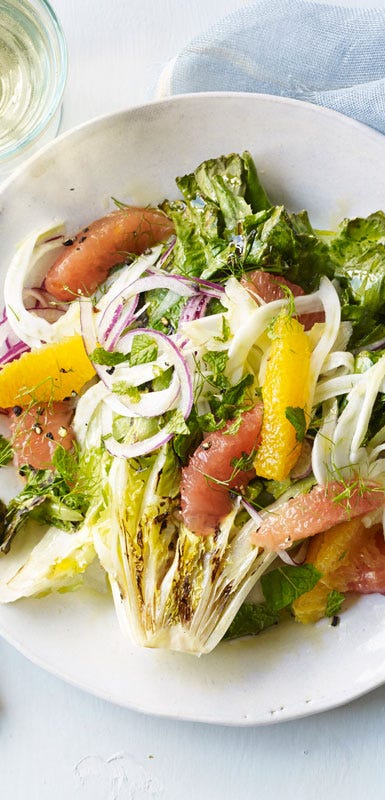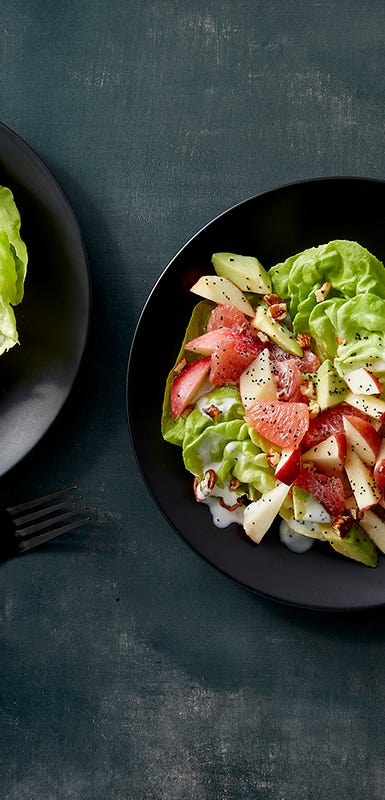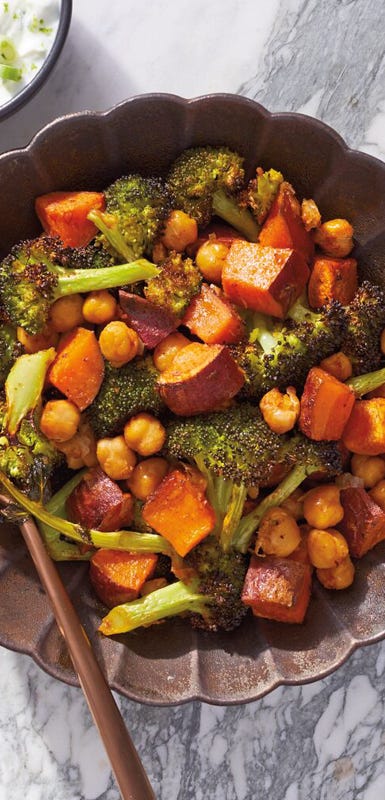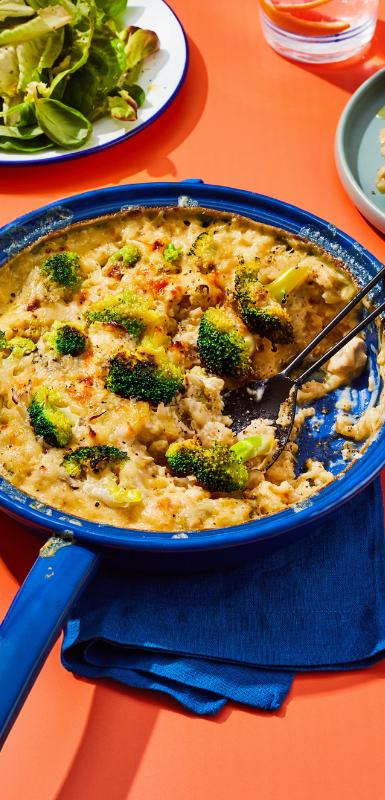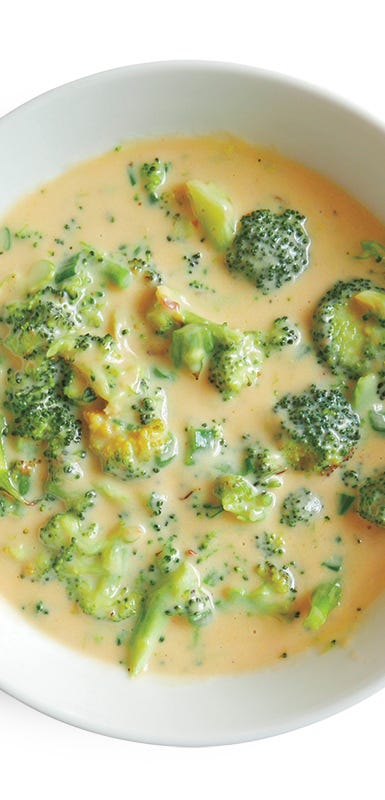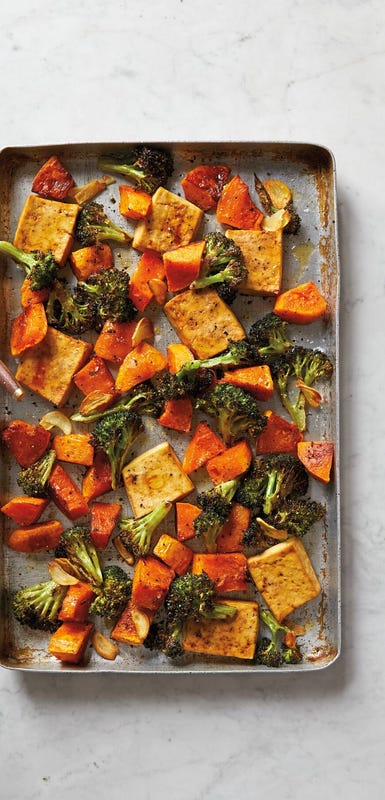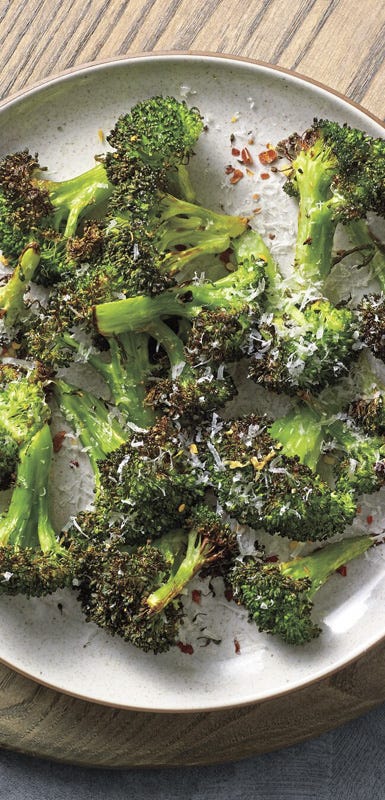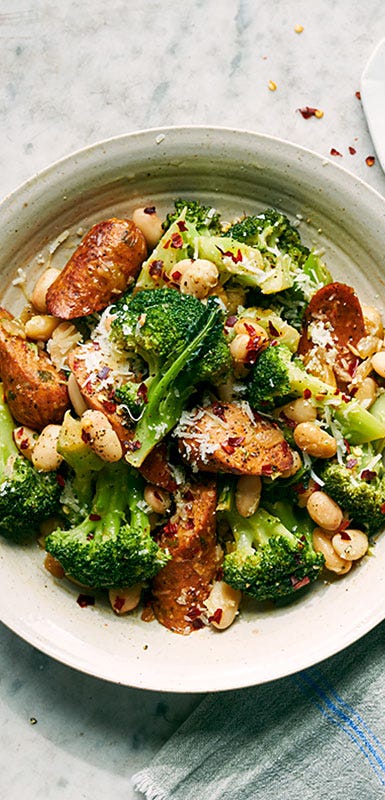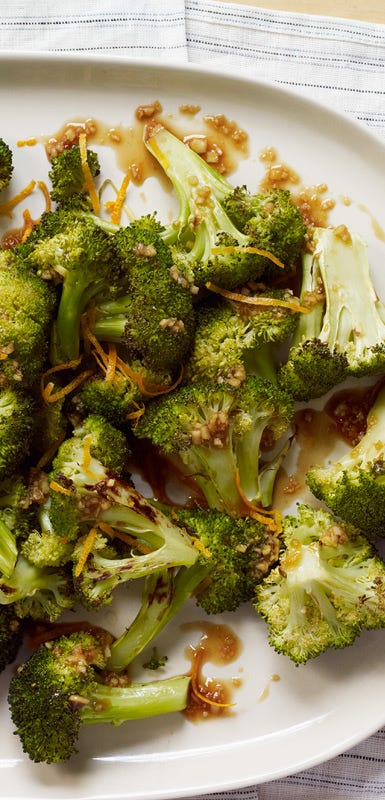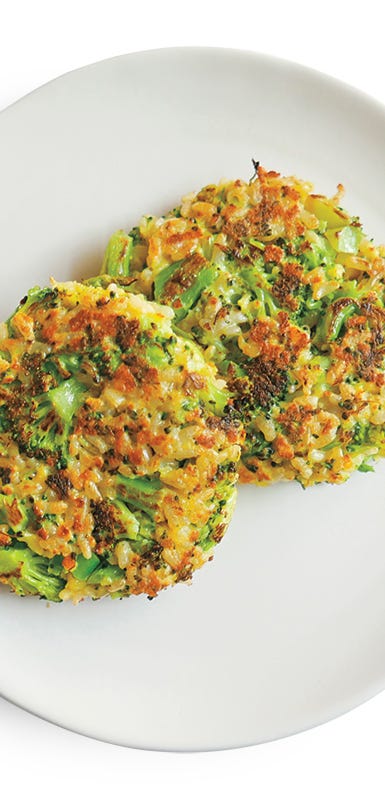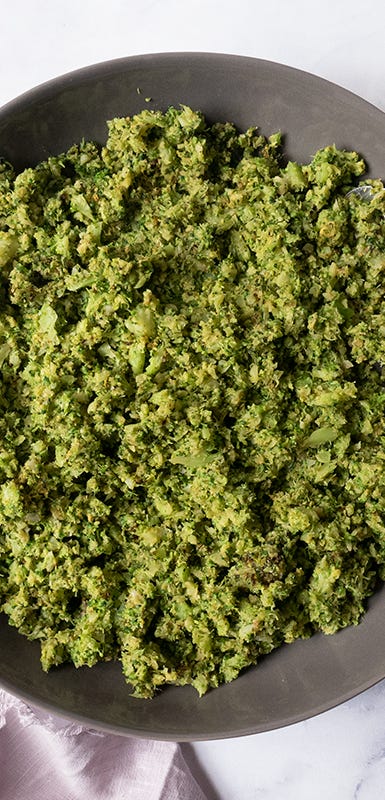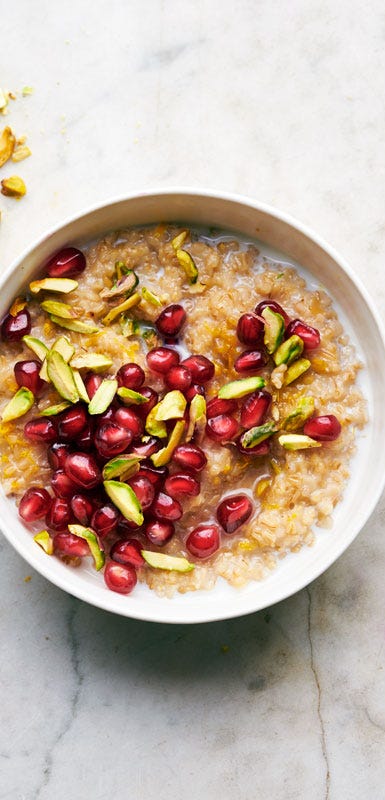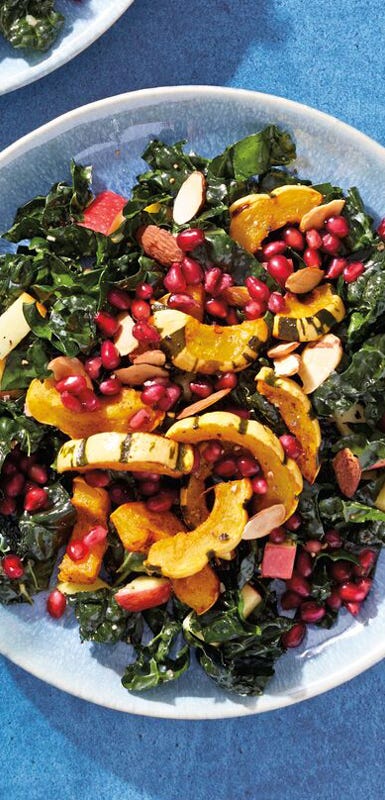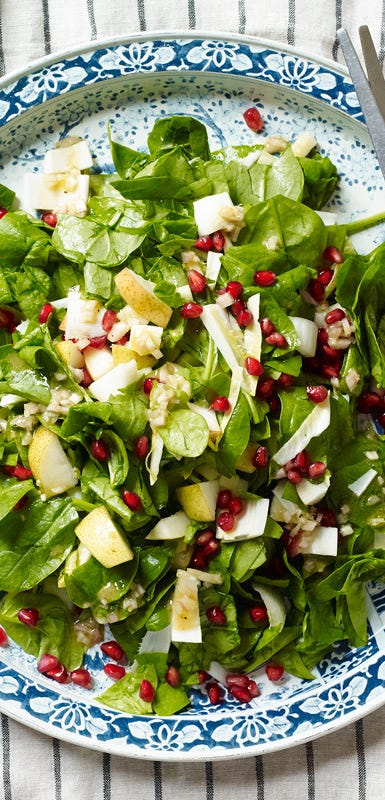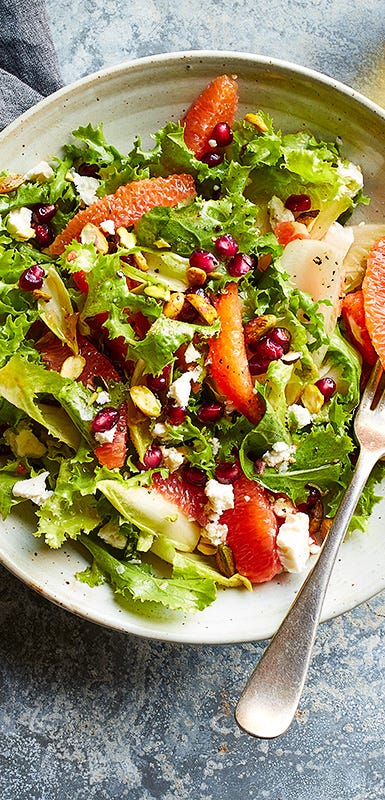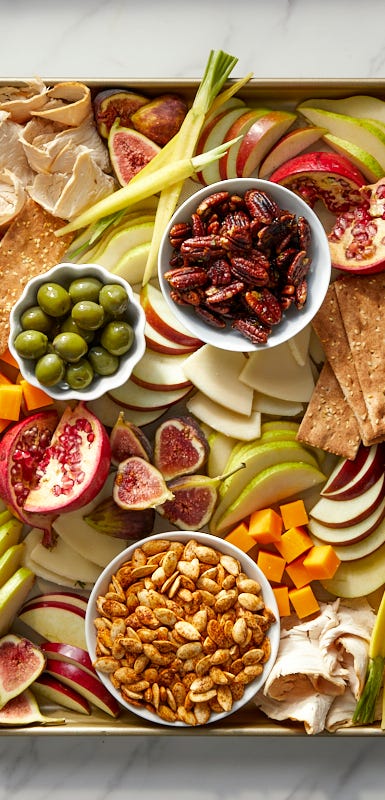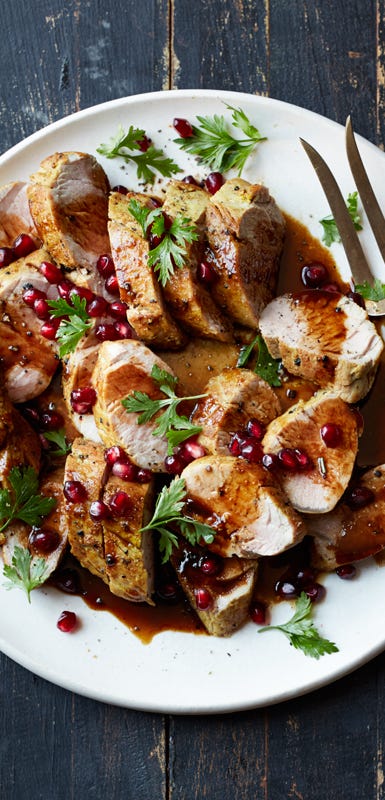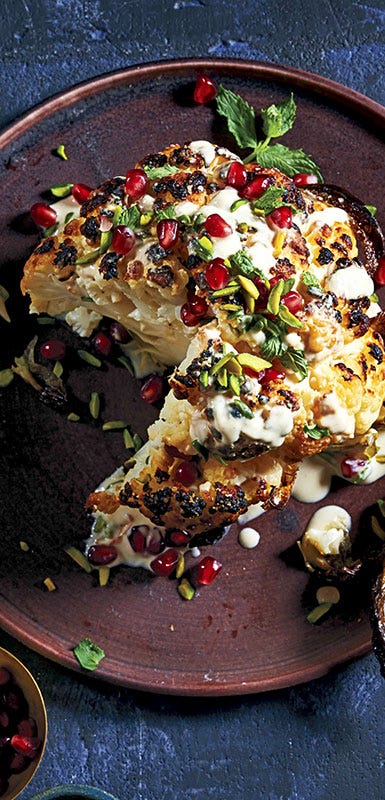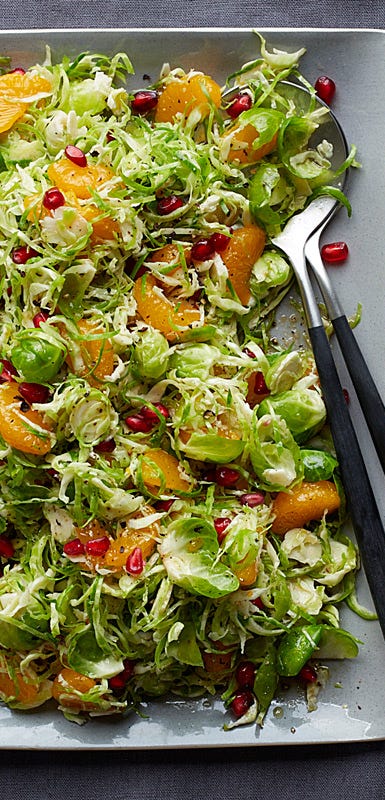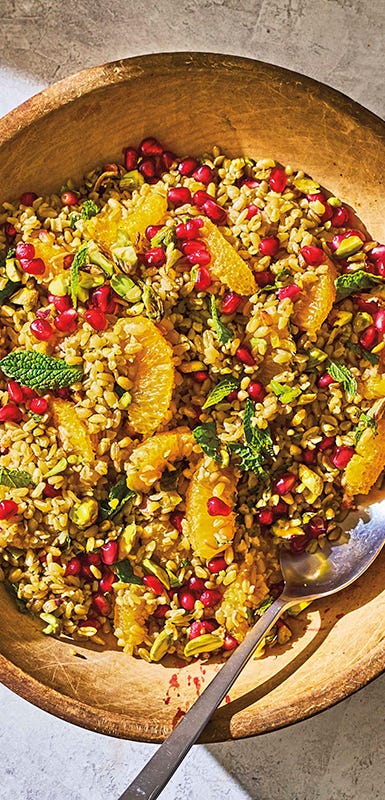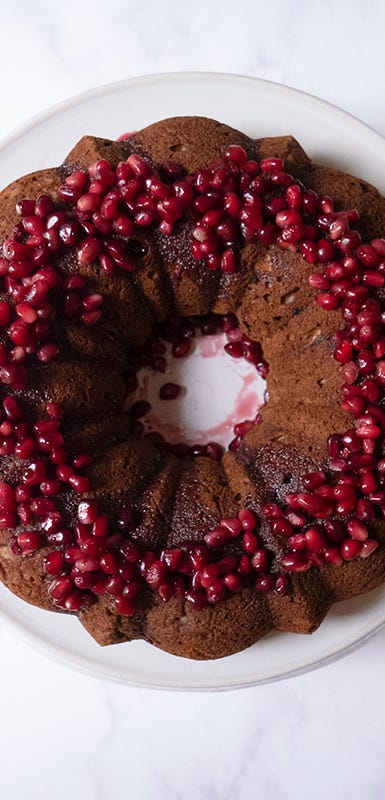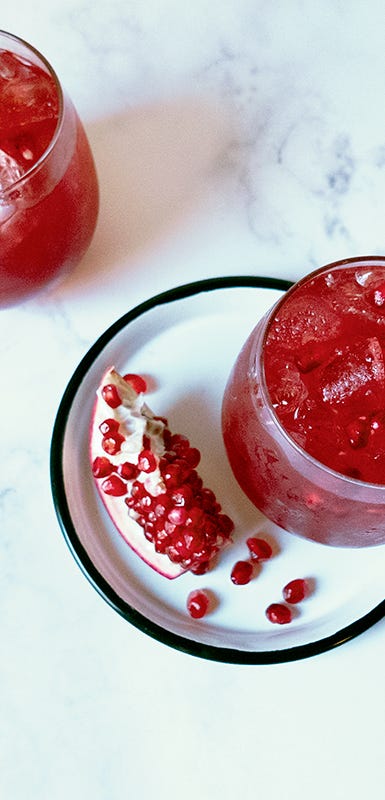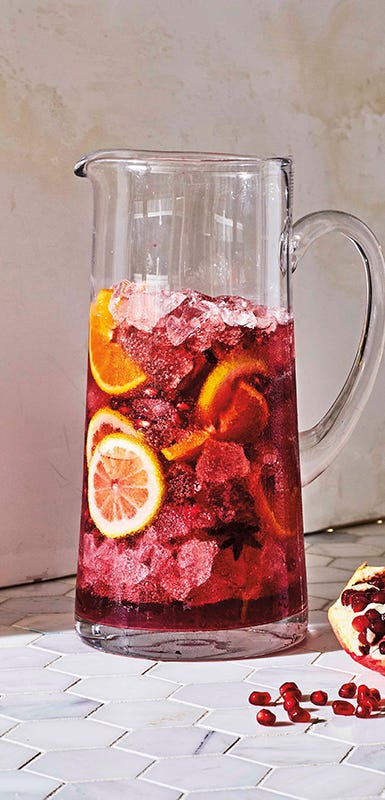37 Ways to Dress Up January’s Best Produce
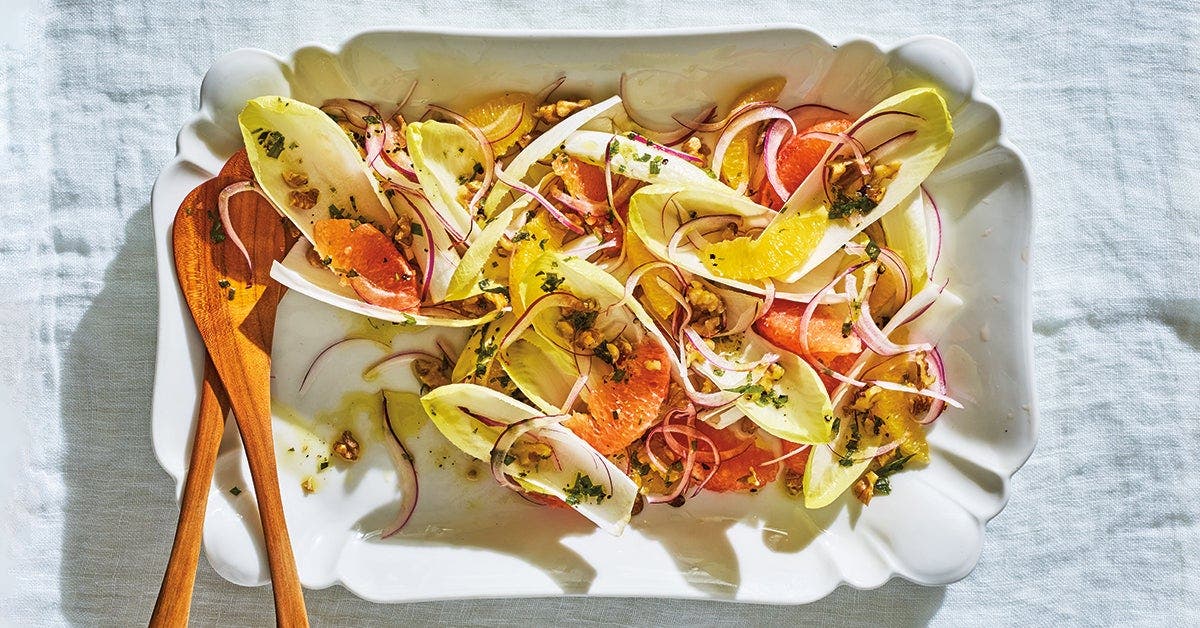
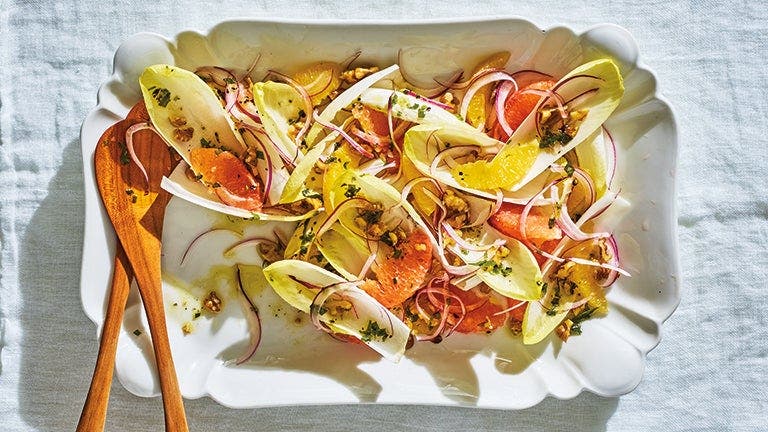
First things first: yes, there are fresh fruits and veggies that come into season in the middle of winter! January’s seasonal produce highlights include delicious grapefruit, pomegranate, and broccoli, all of which are bright enough to stave off any wintry blues—and make sure you get plenty of Vitamin C as winter ramps up. Learn more about how to spot, serve, and store this month’s harvest picks, and check out all the unexpected ways you can incorporate them into meals across your day.
Grapefruit
Though this citrus is often associated with breakfast, it’s even more versatile than most people realize. Try grapefruit in fresh salsa recipes, roasted in savory chicken and pork dishes, served up in cocktails, or simply slice it up for dessert and experience delicious results. A simple swap of the juice in place of vinegar in some salad dressing recipes can give a great acidic kick.
When buying grapefruit, look for fruit that’s heavy (which means it’s juicy!) with a slightly flat end and no soft spots. Press the skin; it should feel springy and have a smooth texture. If grapefruit is generally too tart for your taste, opt for a ruby red or pink varietal, which tend to be sweeter (not to mention packed with vitamin C and the antioxidant lycopene).
Store at room temperature away from direct sunlight for up to one week, or refrigerate them in your vegetable bin for two to three weeks—but remember to pull your grapefruit out before you’d like to eat it. The fruit is juiciest at room temperature.
Our Best Grapefruit Recipes
Broccoli
This cruciferous vegetable is available year-round, but hits its highs in fall and winter when you’re more likely to find nice full heads with bright green stalks. Though many people toss the stalks, they’re excellent sliced and roasted, stir-fried, or processed into broccoli “rice.” This veggie is packed with fiber and vitamin C, and is also a good source of heart-healthy potassium, iron, and vitamins A and B6.
Choose broccoli heads with firm, deep green florets and bright, stiff stalks to be sure you're getting veggies at their peak, and avoid any with yellow spots or browned stem ends. Don’t be afraid to sniff it: Broccoli should smell fresh and earthy, not sour or cabbage-like. Refrigerate broccoli for seven to 10 days (but note it can start to taste bitter after a week).
Our Best Broccoli Recipes
Pomegranate
There are many ways to enjoy this jewel-toned fruit! The arils (the red, juicy “cover” that surrounds the edible seeds) are a vibrant, sweet addition to desserts, and add wonderful flavor and texture to salads, side dishes, and hot breakfast cereal. Plus, pomegranates are high in vitamin C and potassium, and are a great source of fiber.
If you want to save yourself prep time, look for containers of refrigerated pomegranate arils at the store. They are priced at a premium, so if you find the arils on sale, stock up! Frozen arils last up to three months in an airtight container. Whole pomegranates can be stored at room temp for one week or refrigerated up to two weeks.
But don’t be intimidated by the whole fruit! If you want to remove the arils yourself, choose large, firm, heavy fruit with shiny, unwrinkled skin and no blemishes, soft spots, or cracks. Here’s how to prep your pomegranate:
- Use a paring knife to cut 1/8-inch slices from the stem and crown ends. Lightly score the skin into quarters from stem to crown.
- Submerge the fruit in a large bowl of cold water, then break it open and pull the quarters apart.
- Run your fingers over the seeds to loosen from the pith; the seeds will sink to the bottom. Strain and enjoy!

